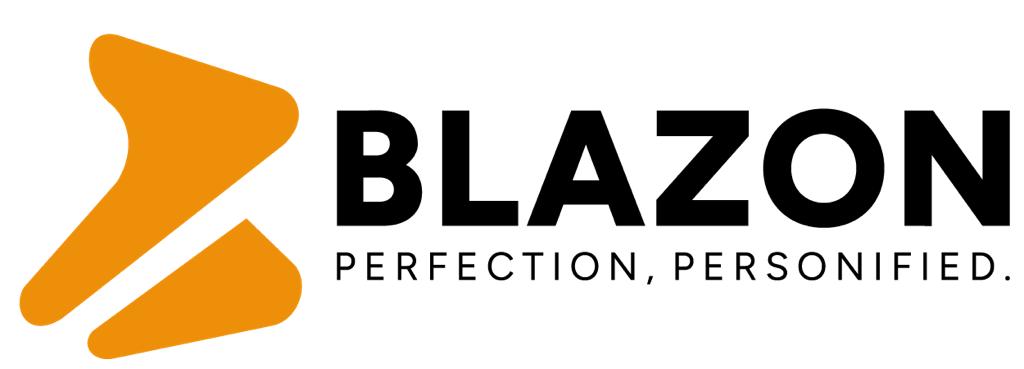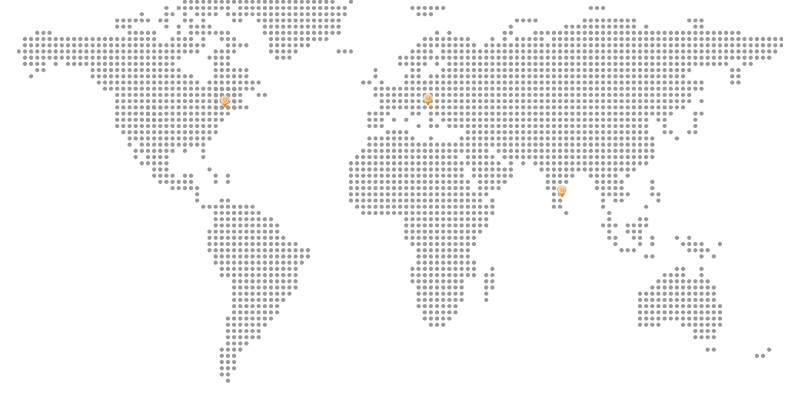Nokia CEO Justin Hotard has compared the current surge in artificial intelligence (AI) to the internet boom of the 1990s, expressing confidence in the long-term potential of AI despite concerns about a possible bubble. He characterized the rapid growth in AI investment as the start of a “supercycle” that could mirror the profound technological transformation seen during the rise of the internet.
Drawing Parallels with the Internet Boom
Hotard drew striking parallels between the growth of AI today and the internet boom that revolutionized communication, business, and technology in the late 20th century. While acknowledging that there might be short-term market fluctuations, he emphasized that AI is poised to reshape industries in the coming decades. “Even if there’s a bubble, a trough, we’ll look to the longer-term trends. And right now, all those trends are very favorable,” Hotard said, underscoring his belief that the AI sector’s foundation is solid.
Market Sentiment and Industry Perspectives
Despite Hotard’s optimism, there is a growing sense of caution among investors. A recent survey by Bank of America found that over half of fund managers believe AI stocks could be overvalued, contributing to concerns about a potential bubble in the sector. Prominent figures such as Jeff Bezos and OpenAI’s Sam Altman have also voiced reservations, acknowledging the risk of overvaluation but seeing the AI surge as part of a larger, inevitable technological evolution.
Bezos, in particular, described the current AI investment surge as a “good” type of industrial bubble, drawing comparisons to previous technological booms, which, despite their volatility, ultimately led to significant advancements and societal benefits.
Nokia’s Strategic Position in the AI Landscape
Under Hotard’s leadership, Nokia has embraced AI as a key element of its business strategy. The company has made significant strides in integrating AI into its core operations, particularly through the acquisition of U.S. optical networking firm Infinera, which has enhanced Nokia’s capabilities in AI-driven data centers. This move strengthens Nokia’s position in the growing sector of AI-linked data centers, which is expected to be a major area of future growth.
Nokia’s latest quarterly earnings exceeded market expectations, driven by robust sales to AI-linked data centers and the company’s focus on integrating AI into its radio access and fiber networks. This shift highlights Nokia’s commitment to staying ahead of the curve as AI becomes increasingly integral to its product offerings and market strategy.
A Focus on Long-Term Trends
Looking ahead, Hotard remains confident that AI is entering a phase of sustained growth. While short-term market fluctuations are inevitable, he believes that the increasing demand for AI infrastructure will drive the industry forward. Nokia is well-positioned to capitalize on this trend, thanks to its strategic investments in AI technology and its growing presence in data-driven markets.
Hotard’s optimism reflects a broader confidence in the transformative potential of artificial intelligence. By focusing on the underlying trends and positioning itself as a leader in AI technology, Nokia aims to play a pivotal role in shaping the future of the tech industry.
Conclusion
Nokia’s strategic investment in AI and its long-term outlook on the sector demonstrate the company’s commitment to being at the forefront of the AI revolution. While acknowledging the risk of short-term market volatility, Hotard remains confident that AI will continue to drive innovation and technological progress. As the company continues to integrate AI into its products and operations, it is well-positioned to capitalize on the sustained growth of the AI sector and contribute to shaping the future of technology.


